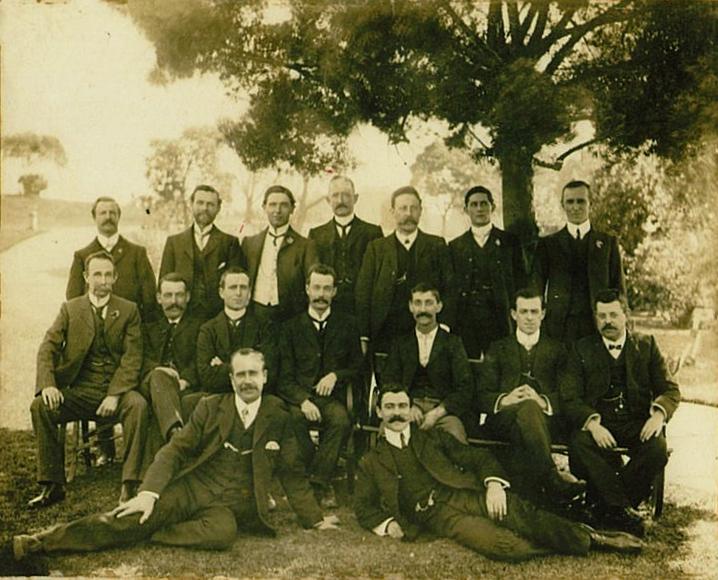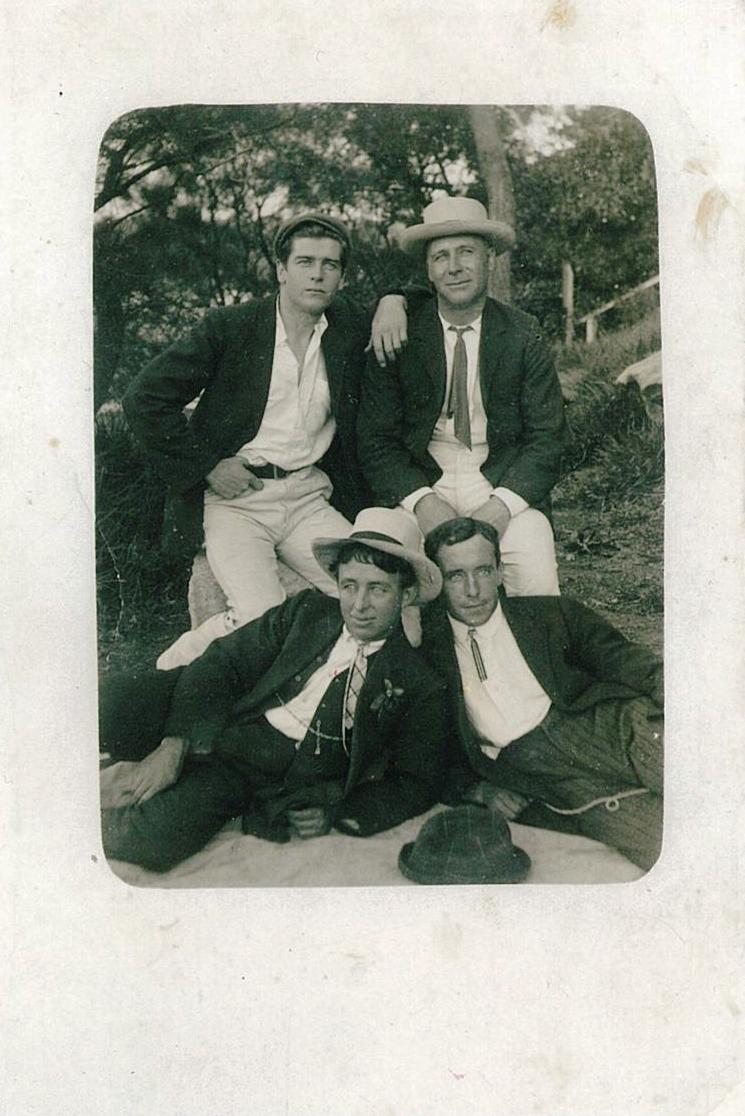 Last week a lady named Laurelle donated a series of fantastic historic photographs of the Balmain Bachelors’ Club. A few of the photographs are from the Annual Balmain & District Hospital Ball.
Last week a lady named Laurelle donated a series of fantastic historic photographs of the Balmain Bachelors’ Club. A few of the photographs are from the Annual Balmain & District Hospital Ball.
One photograph is dated June 1910, with an attendance of 550 people over two nights in the Balmain Town Hall. The other photos are dated 1912 with a total of 5 annual Balls under the auspicies of the Balmain Bachelors’ Society. These balls were well organised, beautifully decorated fundraising events of 550 people, bunting palms and other greenery decorated the town hall, with high profile public figures attending.
The Sydney Morning Herald Saturday 31 July 1909 writes…..
A Ball in aid of the Balmain and District Hospital was held in the Local Town Hall on Wednesday evening, under the auspices of the Balmain Bachelors’ Society. About 150 couples were present, including the Mayor and Mayoress (Mr and Mrs Minty) Alderman Lawes (President of the Hospital board), Mr J Goodsir (vice president) and many other public men, accompanied by their wives and daughters. Dancing began soon after 8 o’clock and was kept up with unflagging spirit all the evening. The arrangements, made and carried out by the committee, were complete and the ball was voted as one of the most delightful of the kind held in the Borough, During an interval Mr Angus Gray, hon. secretary to the Bachelors’ Society, stated that the hospital funds would benefit. Raising each year between £ 150 -£ 250 (SMH 31 July 1909)

Does anyone have any stories or information on the Balmain Bachelors’ Club


